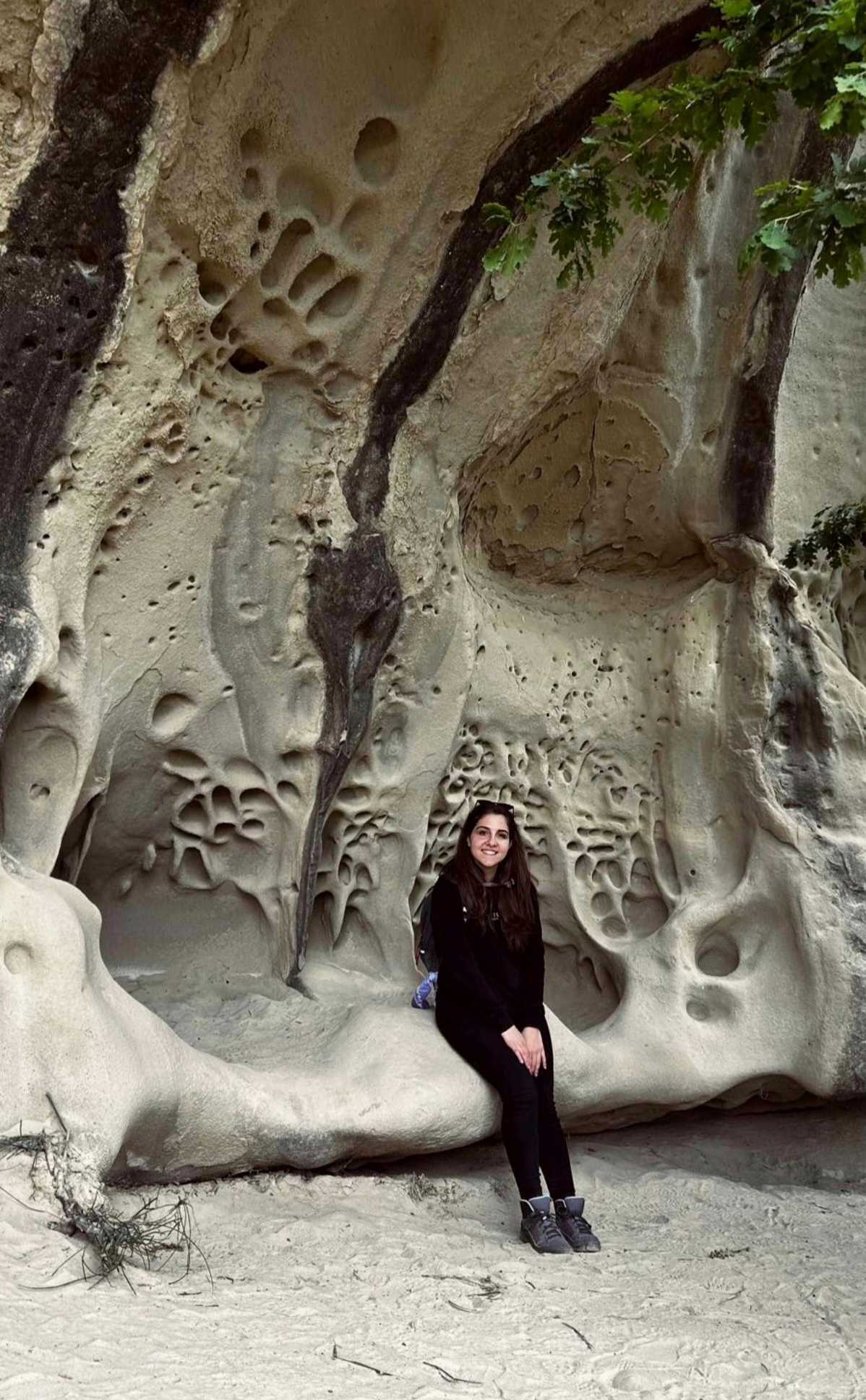Hike along the Gothic Line in Bologna: from Lake Scaffaiolo to Tossignano
Updated on 09 June 2025 From Martina Cavezza
Bologna is not only synonymous with art, culture and good food. This land bears the scars of an intense past, marked by the Second World War and the presence of the Gothic Line, a German defence system that crossed northern Italy.
During the retreat of the German forces northwards between the autumn of 1943 and 1945, this imposing defensive line was erected with the aim of slowing down the Allied advance. Its strong points were two fortified lines that cut Italy in two, joining the Tyrrhenian Sea to the Adriatic:
Extending over 320 kilometres, the Gothic Line exploited the natural conformation. A little south of Bologna, the hills of the Tuscan-Emilian Apennines became a strategic bulwark, dotted with bunkers, trenches, artillery positions and other warlike artefacts.
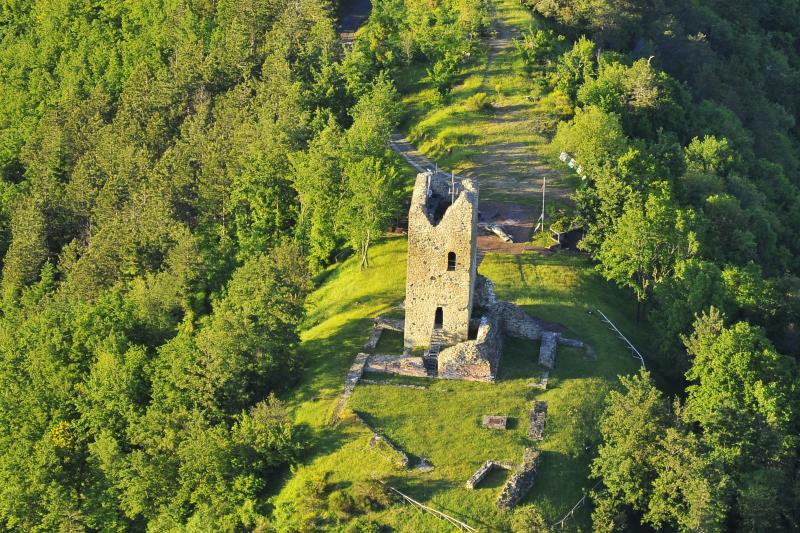
Today, the Gothic Line is a route of over 200 kilometres that can be discovered on foot, but also by bicycle and on horseback. The route, which crosses the entire Bologna Apennines, runs from west to east: it starts from Lake Scaffaiolo, in the Corno alle Scale Regional Park, and goes as far as Tossignano in the Vena del Gesso Romagnola Park - a village completely destroyed during the war that was liberated by the Allies on 12 April 1945. In addition to the war memorial, the Bailey metal bridge, built over the Santerno River by the Allies, can also be found here.
The route allows visitors to admire splendid views, delve into the history that marked this territory during the Second World War and learn about the traditions and typical products of the Bolognese mountains.
Among the symbolic places along the route is Monte Sole, which stands out in the historic regional park. One of the most important places of the Italian Resistance, it was the scene of one of the fiercest Nazi-Fascist massacres. More than 700 civilians and partisans lost their lives here and a number of trenches, bunkers and memorials that tell the tragic story of this area can still be seen today.
More than 700 civilians and partisans lost their lives here and a number of trenches, bunkers and memorials that tell the tragic story of this area can still be seen today. Another point of interest is Monte Adone, the highest peak of the Pliocene Foothills Nature Reserve, which was a fortress for the Reich troops. Later conquered on 18 April 1945 by the American 91st Division, it marked a fundamental crossing point for the liberation of Bologna.
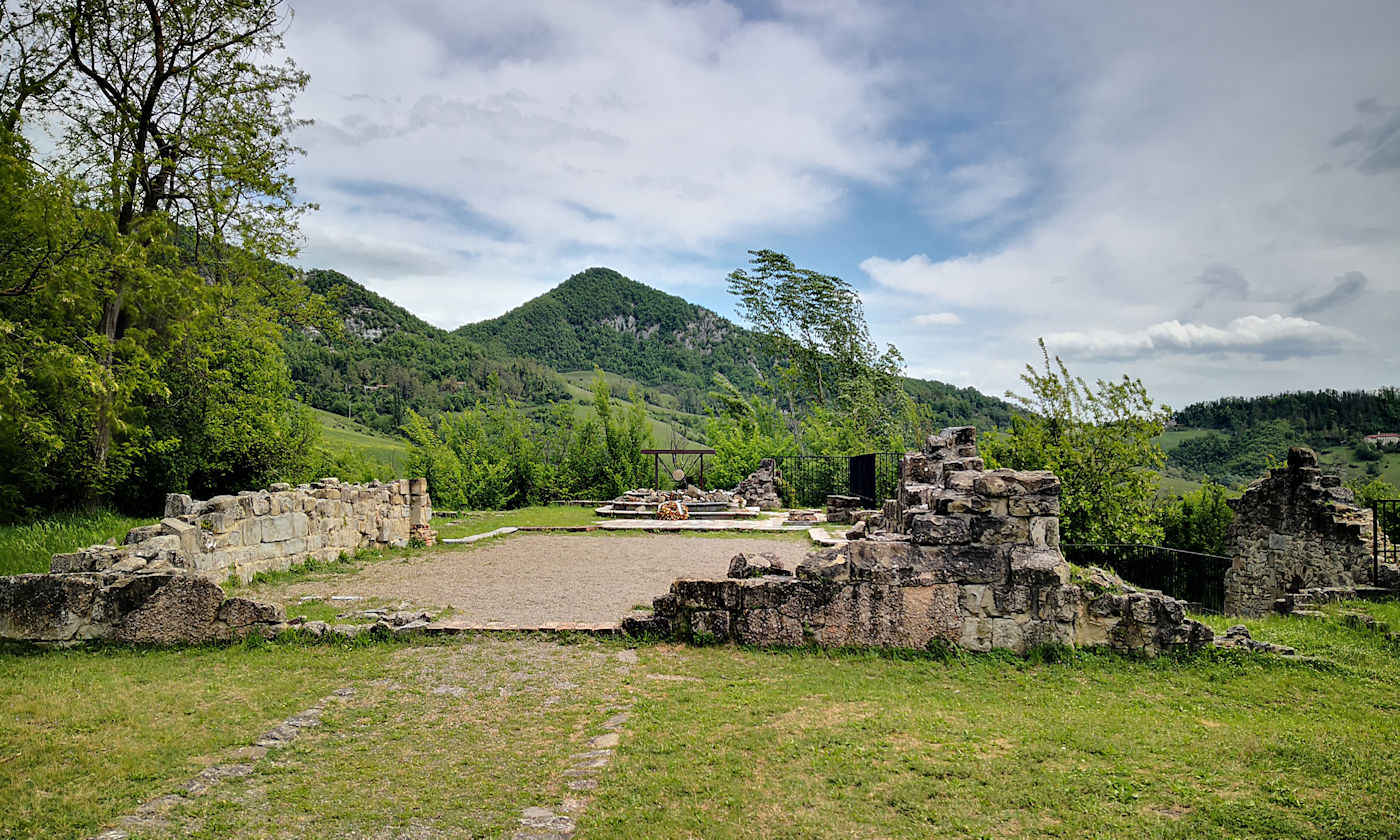
Monte Battaglia, on the other hand, is the site of one of the bloodiest scenarios of the war: from 27 September to 11 October 1944, Italians and Americans fought side by side against the attacking Germans. Here it is possible to admire a monument to the Resistance, inaugurated in 1988 on the occasion of the International Day of Peace, and a bronze plaque commemorating the German fallen.
In Castel d'Aiano, another Apennine village crossed by the route, it is possible to visit the Gothic Line Museum, which has been telling the story of the Line since 1978 through more than 2,000 pieces of the time. In the village there is also the Multimedia Model of the Gothic Line, a bilingual didactic tool that presents the main events from August 1944 to the Liberation: from the manoeuvres of the armies to the great battles, from the partisan struggle to the Nazi-Fascist massacres.
Livergnano, a hamlet of Pianoro, also recounts much of the Great War: after five bloody days of battle, it was taken from the Germans in October 1944. Even today, Hitler's army emplacements and monuments to the fallen can still be visited. But remnants of trenches, firing positions, communication trenches, German shelters and war memorials are scattered along the entire route and are a daily reminder of the intense past of these territories.
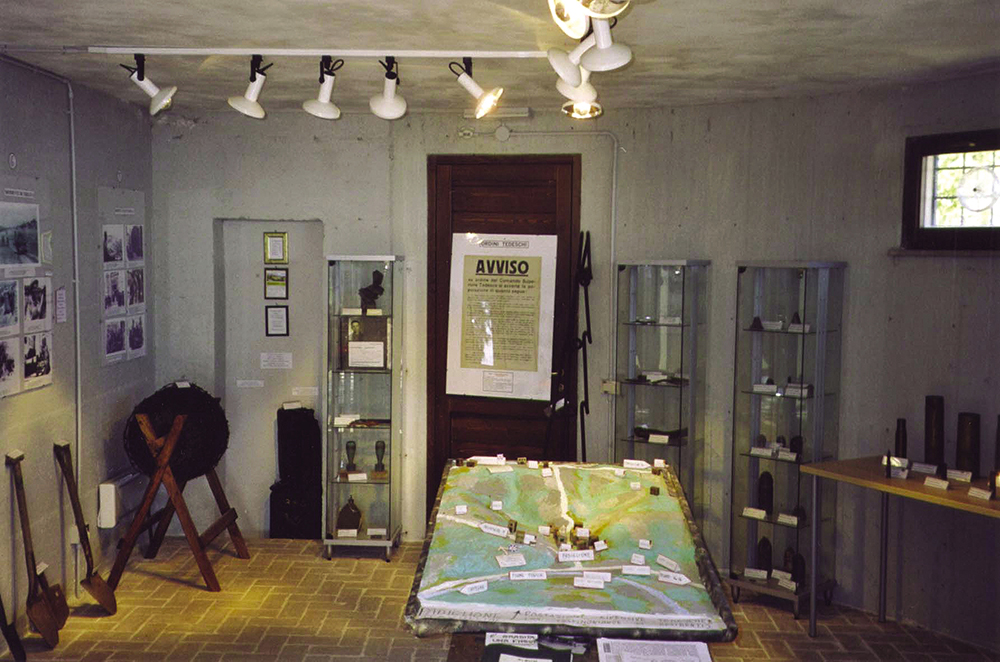
The route can be walked in its entire length (10 stages) or broken up into several stages thanks to the presence of railway and/or bus lines. In fact, since it is a transversal path, there are several ways to intercept the main route. It is possible to leave by train from Bologna to Porretta Terme. From there, take the bus to Laghetto del Cavone, followed by a short walk of a couple of hours to Lago Scaffaiolo, where the Duca degli Abruzzi Refuge and Le Malghe are located. It is also possible to intercept the walk from the railway stations of Marzabotto, Pian di Venola, Vergato, Riola, Pianoro, Vado, Grizzana, Ozzano, Castel S. Pietro Terme and Imola.
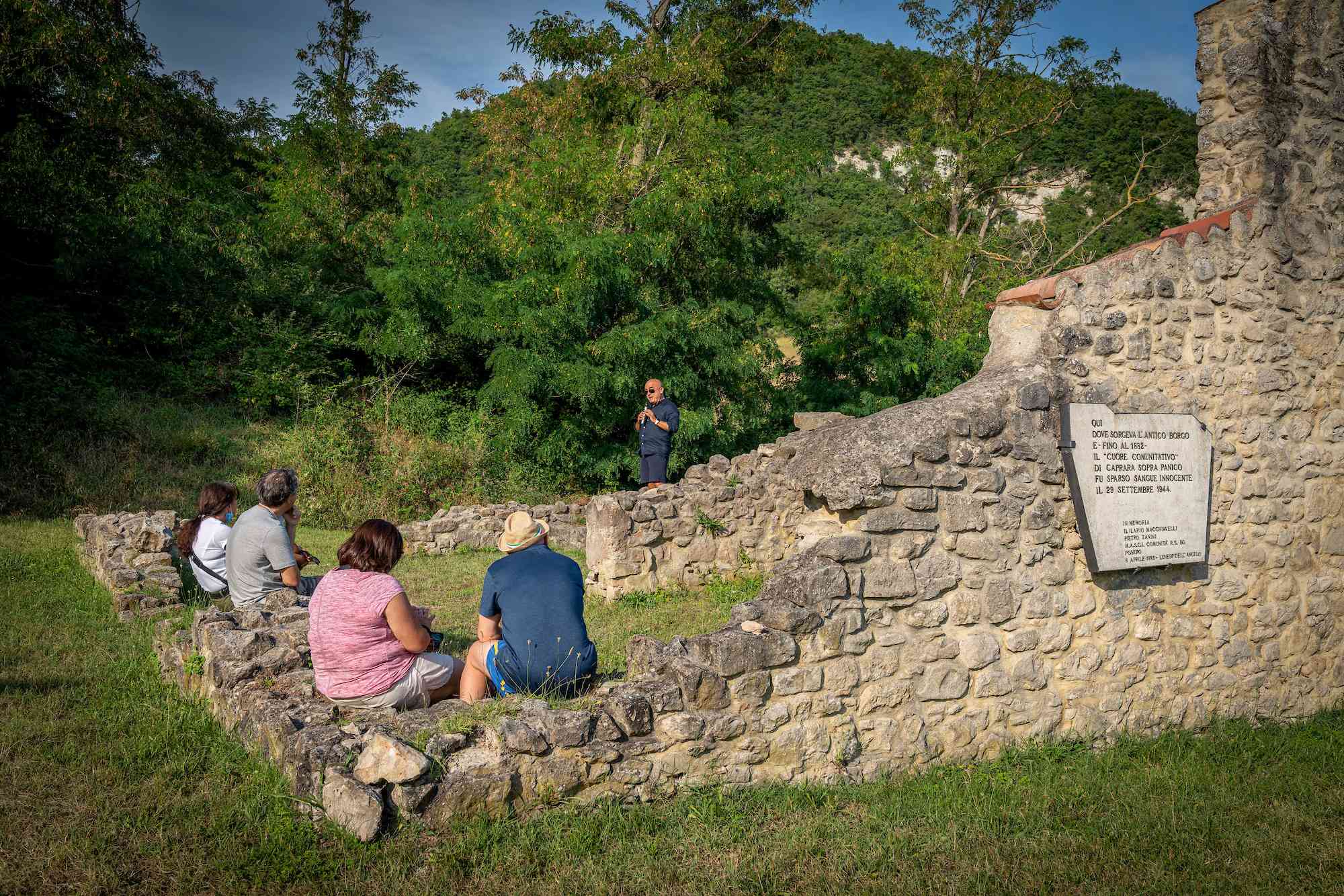
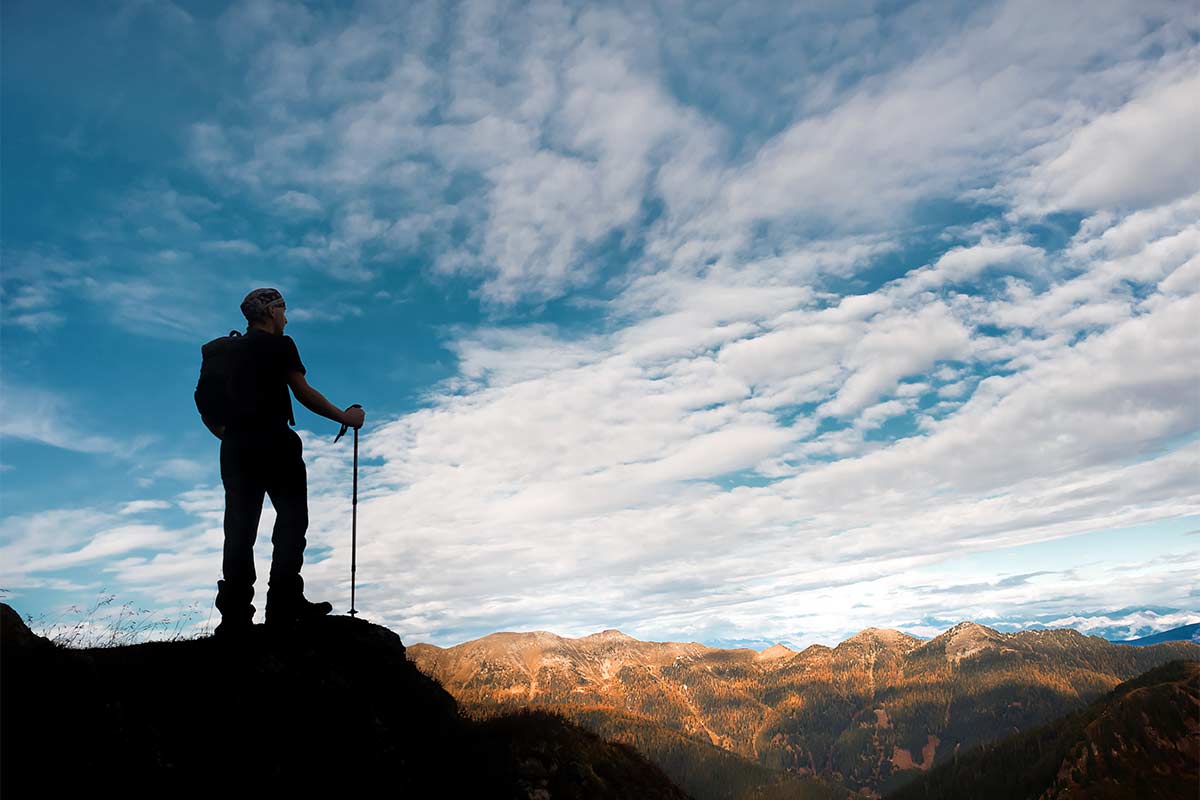
| Brochure | Gothic Line | Download |

All about nature and outdoor life in the neighborhood of Bologna with trekking, biking and walking experiences
